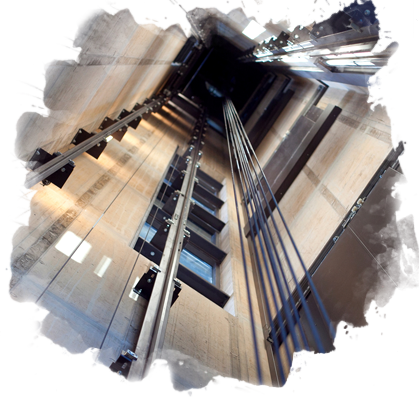LIFT & TECHNICAL CONTROL

Elevator and escalator inspections point out potential dangers and greatly reduces the risk of accidents, thus, help saving lives. In most cases, the dangers and accidents related to elevator & escalator are caused not only by installation flaws but also by maintenance inadequacy or simply wear off of materials. Well structured periodical inspections help uncover such threats and improve public safety.
In 2014, a new Elevator Directive, 2014/33/AB has been published and came into effect. Also, in 2017, two new standards, EN 81-20 and EN 81-50 will come into force. These new standards will reorganize the building methods of elevators and bring about new security measures.

PERIODICAL INSPECTION
Safety requires regular maintenance according to manufacturer’s instructions and those annual inspections are carried out. Inspection is more than just complying with legislation and regulations. It is a question of your business, your employees and your customers’ security. It is also about operating economically, not being hit by costly downtime because of damage not detected in time.
Periodical Inspections yield substantial data that can be used to ensure safety and increase the lifespan of a lift or escalator. The results serve as a valuable input for your maintenance systems and provide early warnings of future problems so you can avoid costs or, at worst, an emergency breakdown.
BENEFITS
- Provide data which you can act on to increase the lifespan of an escalator and ultimately avoid any accidents that can have legal and reputational consequences for the organization
PROCESS & INSTALLATION INSPECTION
The process control is the assessment of the overall effectiveness of an intended business process across the organization. Process control is often limited to a specific process and its associated sub-processes. The process is controlled by sampling the statistics in various units of the organization. Statistical surveys covering all employees who carry out the activities and statistical data on the irregularities and exceptions are tried to be obtained. The final articles can be adapted to the whole company. In this way, the results of policy and process effectiveness are easily accessible because the inspection is carried out simultaneously on non-decentralized units and this method allows for easier assessment of systematic issues. Process inspections are considered as the most effective inspection approach to assuring management organizations.
BENEFITS
- Provide time and resource savings by making the right choices before and during production.
- Contributes to the determination of special points for the project.
- Strengthens occupational health and safety during installation.
- Each brand has its own advantages and disadvantages. These advantages and disadvantages are identified, listed and inspected and provided a basis for improvement work, taking into account the assembly year.
- Helps to decide and follow the improvements to be made in 6 months, 1 year, 5 years.
- It is aimed to determine who is responsible for the shortcomings found in the annual periodic inspections and to prevent the customer from paying a price from the piece of extras that the customer should have within the standard of the assembly year.
